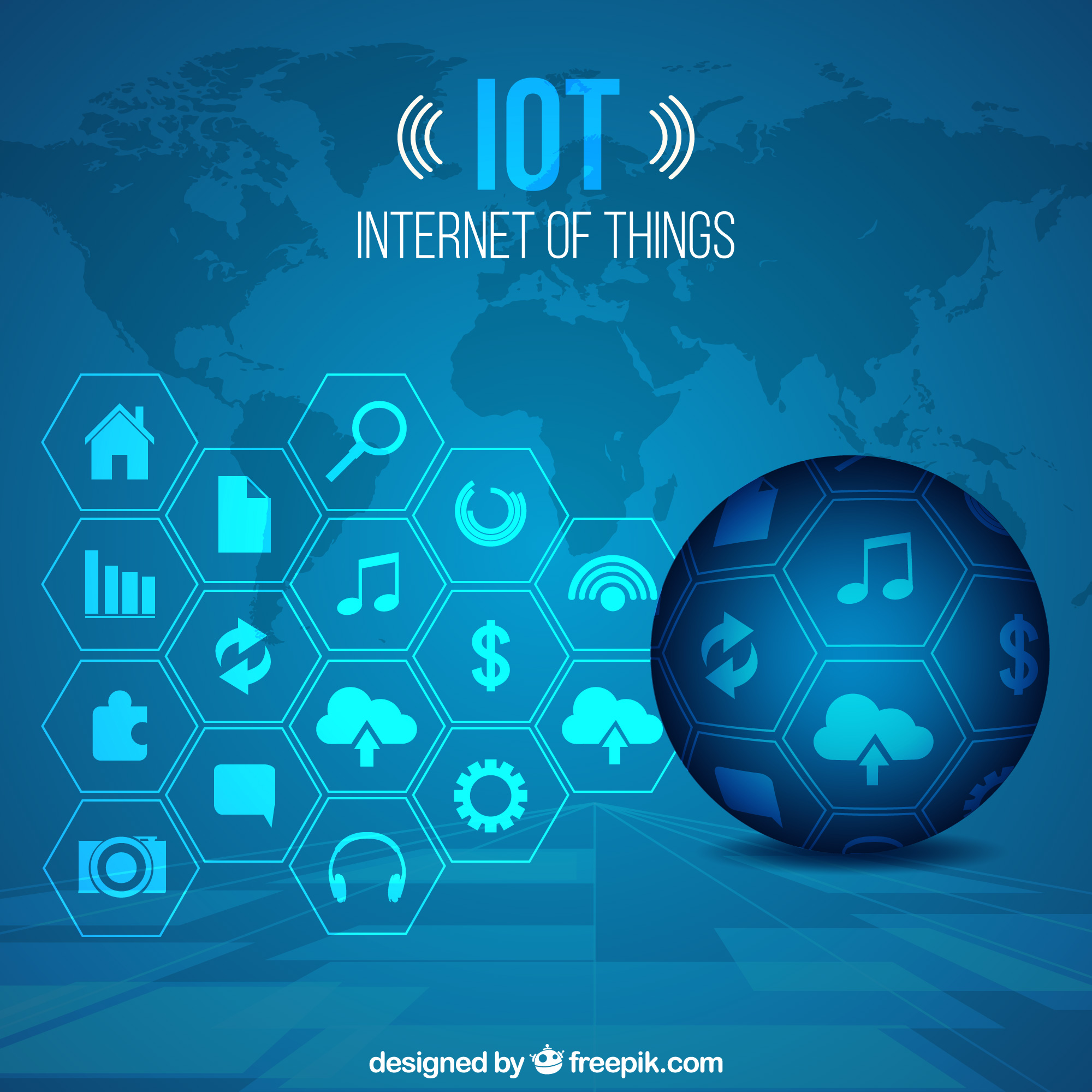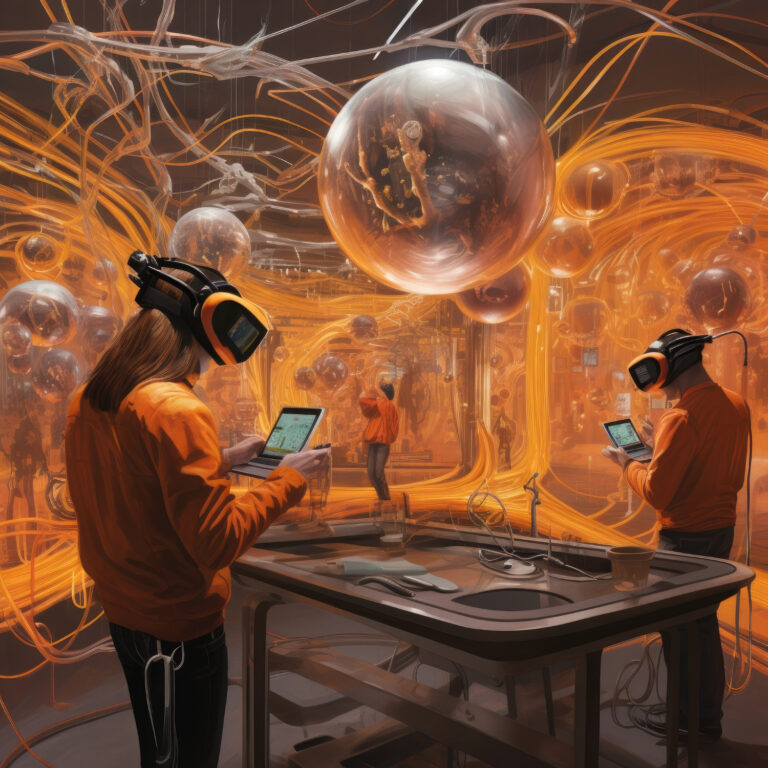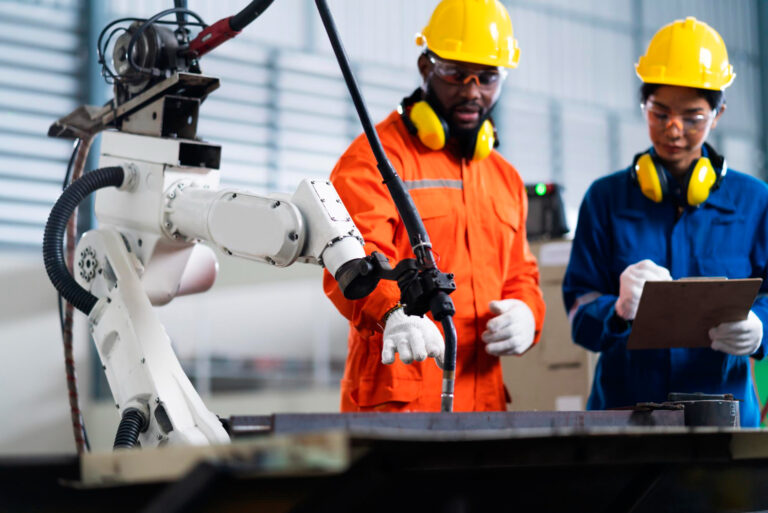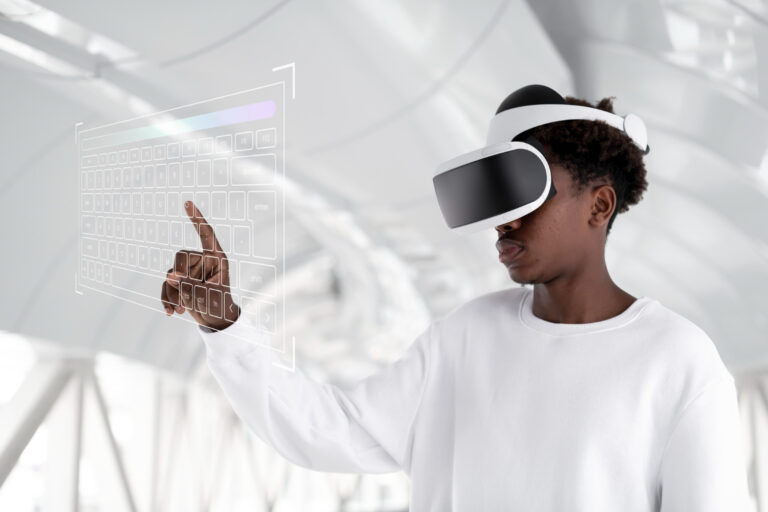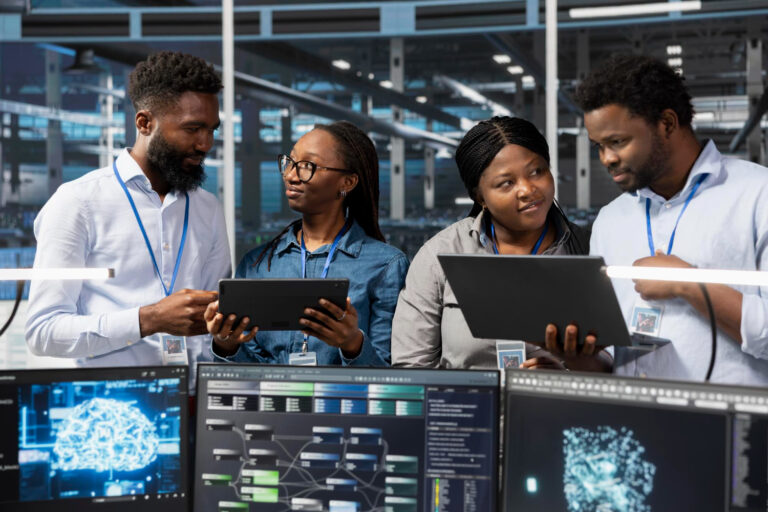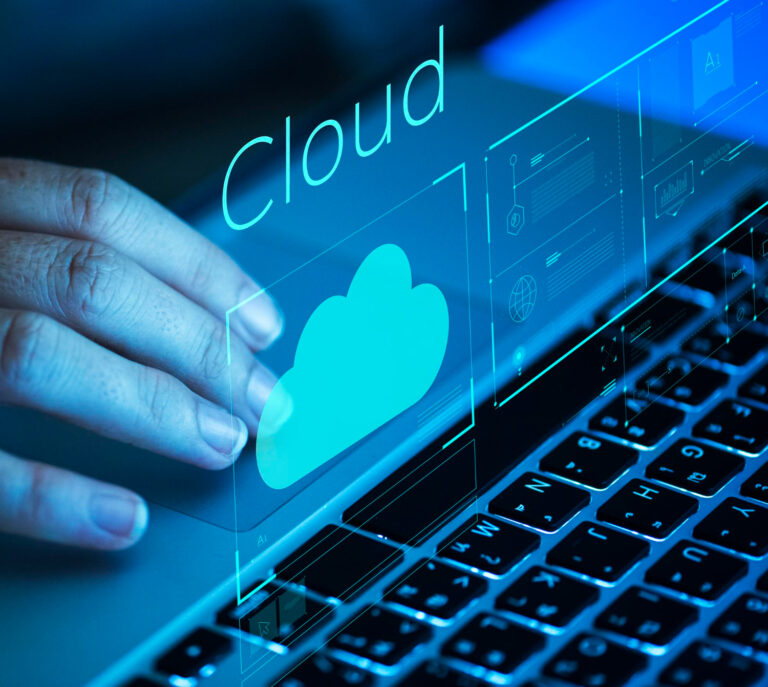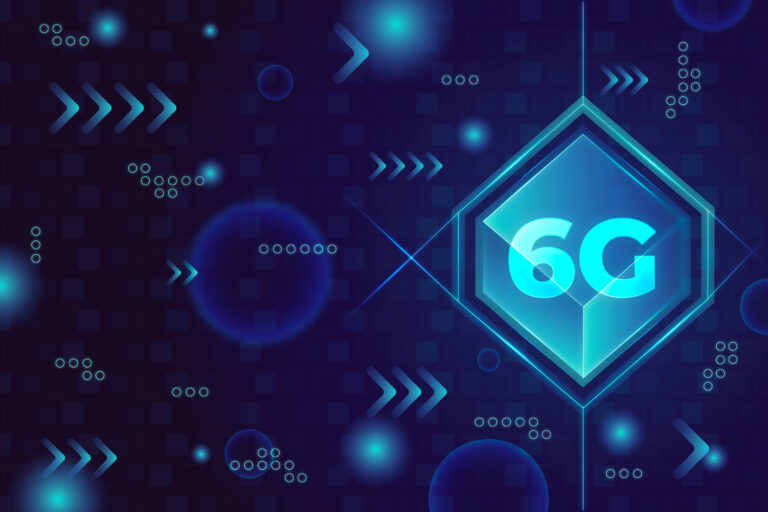The Internet of Things (IoT) in 2025
The Internet of Things (IoT) in 2025
The Internet of Things (IoT) has evolved from a futuristic concept to a foundational part of modern life. From smartwatches that monitor your health to factory sensors that predict equipment failure, IoT is everywhere — quietly revolutionizing homes, businesses, cities, and industries. In 2025, with billions of devices connected worldwide, IoT is more than a trend, it’s a digital revolution.
In this in-depth article, we’ll break down what IoT is, explore its real-world applications in 2025, examine the benefits and challenges, and guide you on how to make the most of this hyper-connected era.
What is IoT (Internet of Things)?
The Internet of Things refers to a network of physical objects (“things”) embedded with sensors, software, and other technologies that connect and exchange data with other devices and systems over the internet.
Core Characteristics of IoT Devices:
-
Real-time monitoring and data collection
-
Internet-enabled connectivity
-
Automation through sensor data
-
Integration with AI and machine learning
The Scale of IoT in 2025
-
Over 30 billion connected devices are estimated to be online globally in 2025
-
IoT market is projected to exceed $1.5 trillion in value
-
Major players include: Amazon, Google, Apple, Huawei, Microsoft, Siemens, and Bosch
👉 Statista’s 2025 IoT Market Forecast
How IoT is Reshaping Daily Life
1. Smart Homes
Features:
-
Smart thermostats (e.g., Nest)
-
Voice assistants (e.g., Amazon Alexa)
-
Smart lights and locks (e.g., Philips Hue, August Smart Lock)
These devices automate daily tasks, improve energy efficiency, and enhance home security.
✅ Example: A smart refrigerator that alerts you when groceries are running low.
2. Wearable Health Tech
Features:
-
Real-time heart rate and blood oxygen monitoring
-
Sleep tracking
-
Fall detection for elderly care
✅ Popular Devices:
-
Apple Watch Series 9
-
Fitbit Charge 6
-
Whoop Strap (for performance athletes)
📘 Mayo Clinic on wearable medical devices
3. Smart Cities
Cities are leveraging IoT to become more efficient, sustainable, and liveable.
Examples:
-
Smart traffic lights to reduce congestion
-
Air quality sensors for pollution monitoring
-
Waste bins that alert when full
-
Public safety surveillance using IoT cameras
✅ Example: Barcelona uses IoT to manage street lighting and optimize parking availability.
4. Industrial IoT (IIoT)
Manufacturing and industrial sectors are deploying IoT to enhance automation and predictive maintenance.
Use Cases:
-
Monitoring equipment health
-
Reducing downtime through predictive analytics
-
Real-time supply chain tracking
✅ Solution: GE’s Predix for industrial data analytics.
5. Agriculture and Smart Farming
IoT is transforming agriculture by allowing precision farming through data.
Benefits:
-
Soil moisture sensors for optimal irrigation
-
Drones for crop health analysis
-
Livestock tracking and health monitoring
✅ Example: John Deere’s smart tractors use GPS and IoT sensors for autonomous farming.
6. Connected Vehicles and Smart Transportation
Cars in 2025 are more than vehicles — they’re data centres on wheels.
Features:
-
Vehicle-to-Vehicle (V2V) communication
-
Route optimization with real-time traffic data
-
Over-the-air software updates
-
Driver behaviour monitoring
✅ Tesla, BMW, and Ford lead in IoT-enabled vehicle tech.
📘 Read about V2V from the U.S. DOT
Benefits of IoT
| Benefit | Description |
|---|---|
| Convenience | Automates everyday tasks like adjusting lights or checking appliance status remotely. |
| Efficiency | Optimizes energy use, reduces waste, and boosts productivity. |
| Cost Savings | Preventive maintenance saves money on repairs and reduces resource consumption. |
| Real-Time Data | Enables faster decision-making in healthcare, logistics, and more. |
| Personalization | Learns user preferences for better experiences in homes, offices, and cars. |
1. Security and Privacy Risks
More devices mean more attack vectors for hackers. IoT devices often lack strong built-in security.
✅ Solution: Use IoT-specific firewalls, regularly update firmware, and disable unused services.
2. Interoperability Issues
Devices from different manufacturers may not work well together.
✅ Solution: Use platforms with open standards like Matter (supported by Apple, Google, Amazon).
3. Data Overload
IoT generates massive data. Without proper infrastructure, it leads to performance bottlenecks.
✅ Solution: Adopt edge computing to process data closer to the source.
4. Regulatory Compliance
Regions have different data laws: GDPR (EU), NDPR (Nigeria), PIPL (China).
✅ Businesses must ensure regional compliance when collecting and storing user data.
IoT and Artificial Intelligence: A Powerful Combination
IoT + AI = Intelligent automation. Here’s how:
| Application | Example |
|---|---|
| Predictive Maintenance | AI analyses IoT sensor data to forecast equipment failure. |
| Smart Assistants | AI enables voice-based control and natural conversation. |
| Personalized Health Alerts | AI monitors wearable data for anomalies (e.g., arrhythmia detection). |
👉 Explore how AI powers IoT via Intel
Top IoT Platforms in 2025
| Platform | Features |
|---|---|
| AWS IoT Core | Secure connectivity for billions of devices |
| Google Cloud IoT | Real-time analytics and device management |
| Microsoft Azure IoT Hub | Device-to-cloud telemetry and integrations |
| Cisco IoT Cloud Connect | Network-level security and scalability |
| IBM Watson IoT | AI + IoT for predictive analytics and automation |
IoT Career Opportunities in 2025
| Role | Average Salary (USD) | Required Skills |
|---|---|---|
| IoT Developer | $90,000 – $120,000 | Embedded systems, APIs |
| IoT Architect | $120,000 – $160,000 | Cloud, networking, hardware |
| Data Analyst (IoT) | $80,000 – $110,000 | SQL, Python, ML |
| IoT Security Specialist | $100,000 – $140,000 | Cybersecurity, penetration testing |
Free learning resource: IoT Courses on edX
How to Secure IoT Devices at Home
-
Change default passwords immediately after installation.
-
Use WPA3 encryption on home Wi-Fi routers.
-
Segment IoT devices on a separate guest network.
-
Keep firmware up to date.
-
Use mobile apps from verified sources only.
✅ Tool: Bitdefender BOX offers full-home IoT security.
Conclusion
The Internet of Things is no longer about the future — it’s the foundation of the present. In 2025, IoT is embedded in homes, healthcare, agriculture, and beyond, silently driving efficiency, safety, and innovation. As we move deeper into this connected era, the line between the physical and digital world blurs even further.
To fully benefit from IoT, individuals and organizations must prioritize interoperability, security, and data responsibility. Whether you’re a consumer or a tech innovator, one thing is clear , the IoT wave is here, and it’s reshaping life as we know it.
